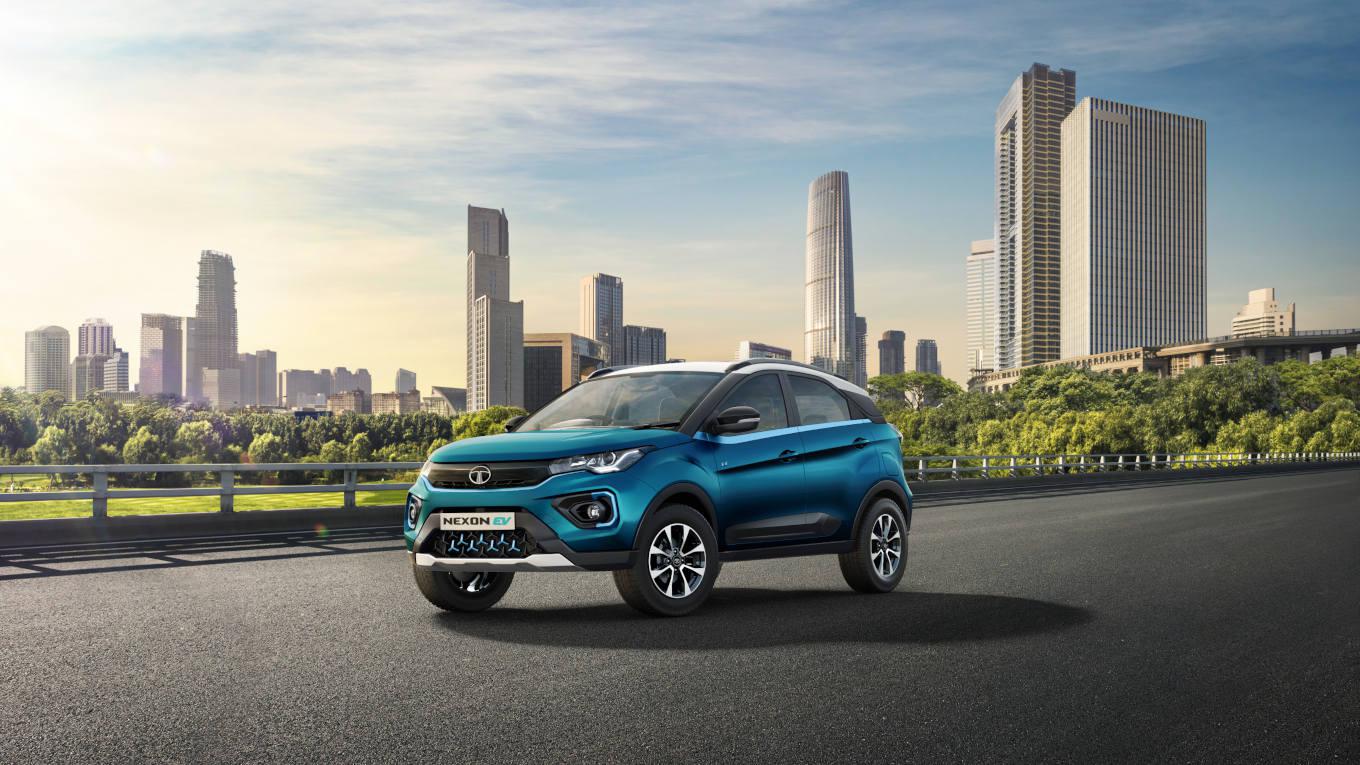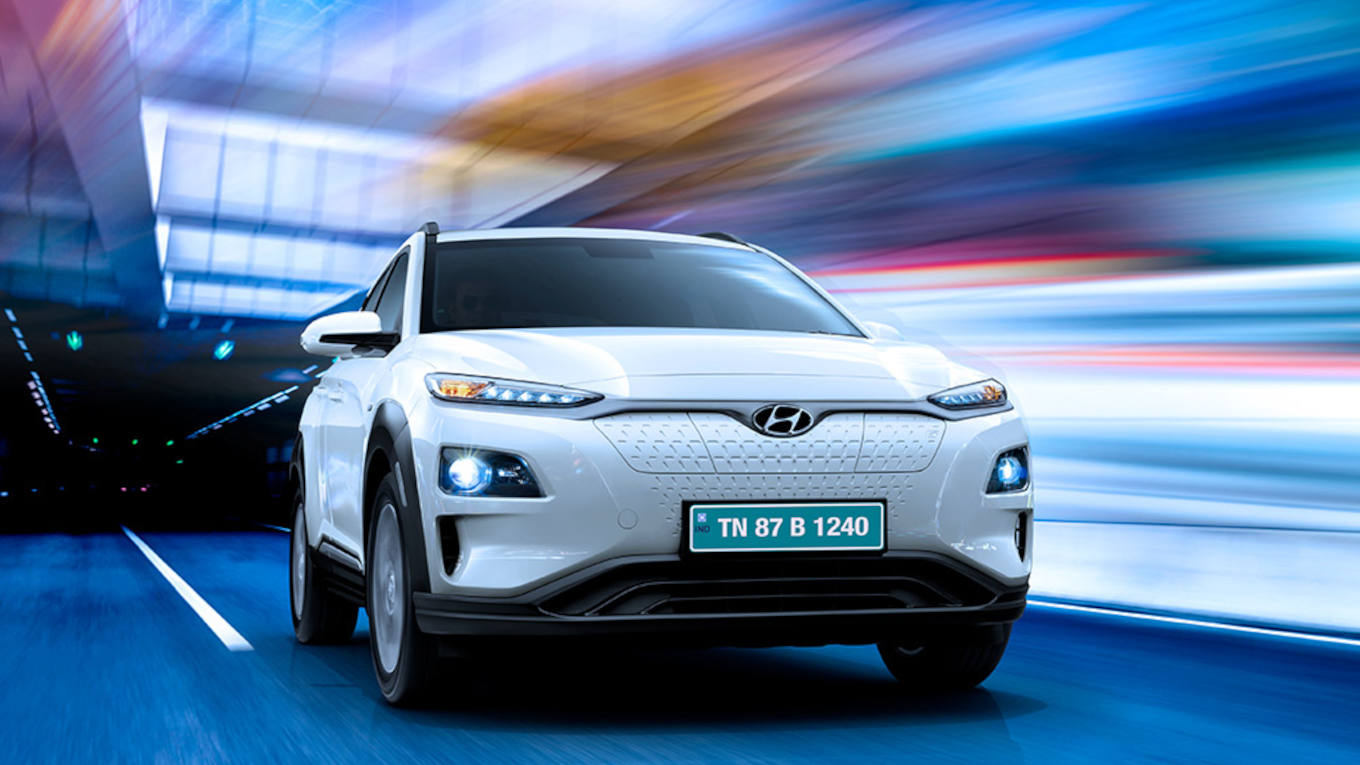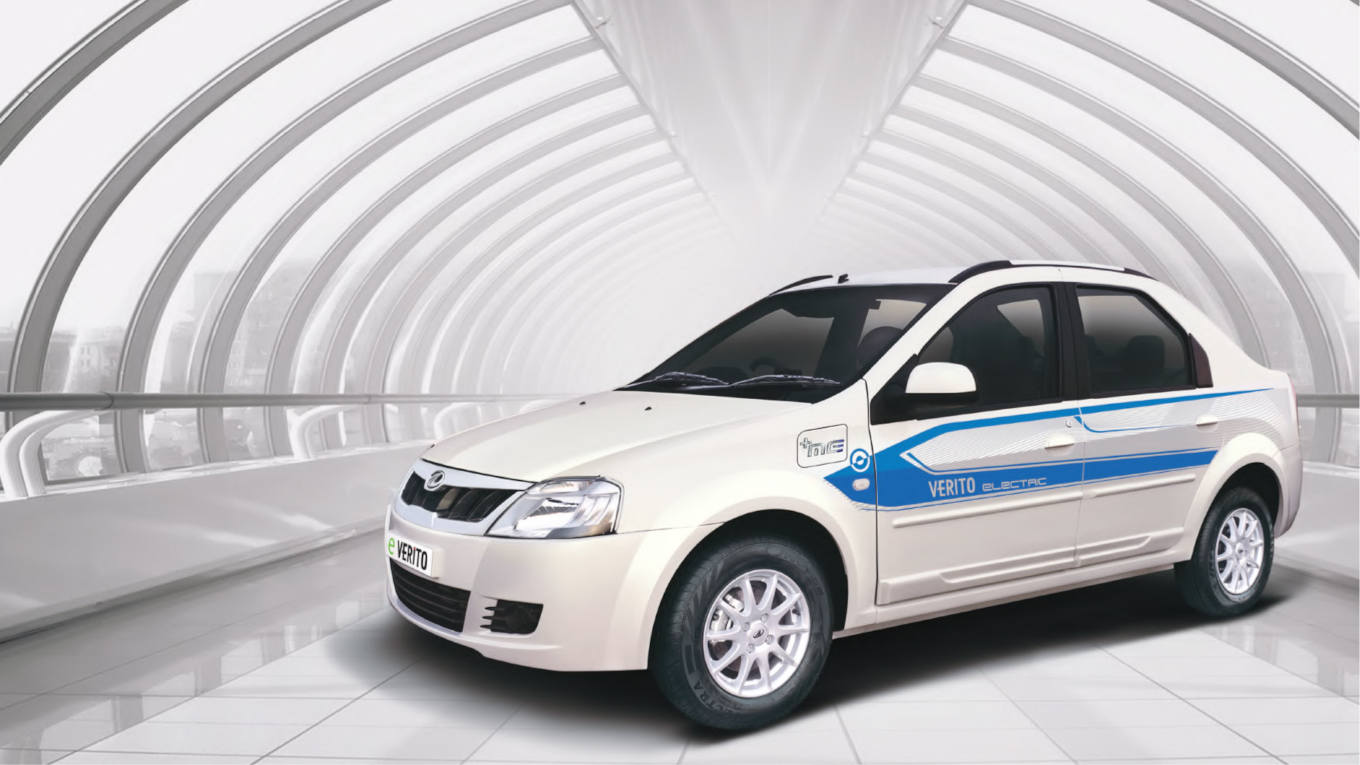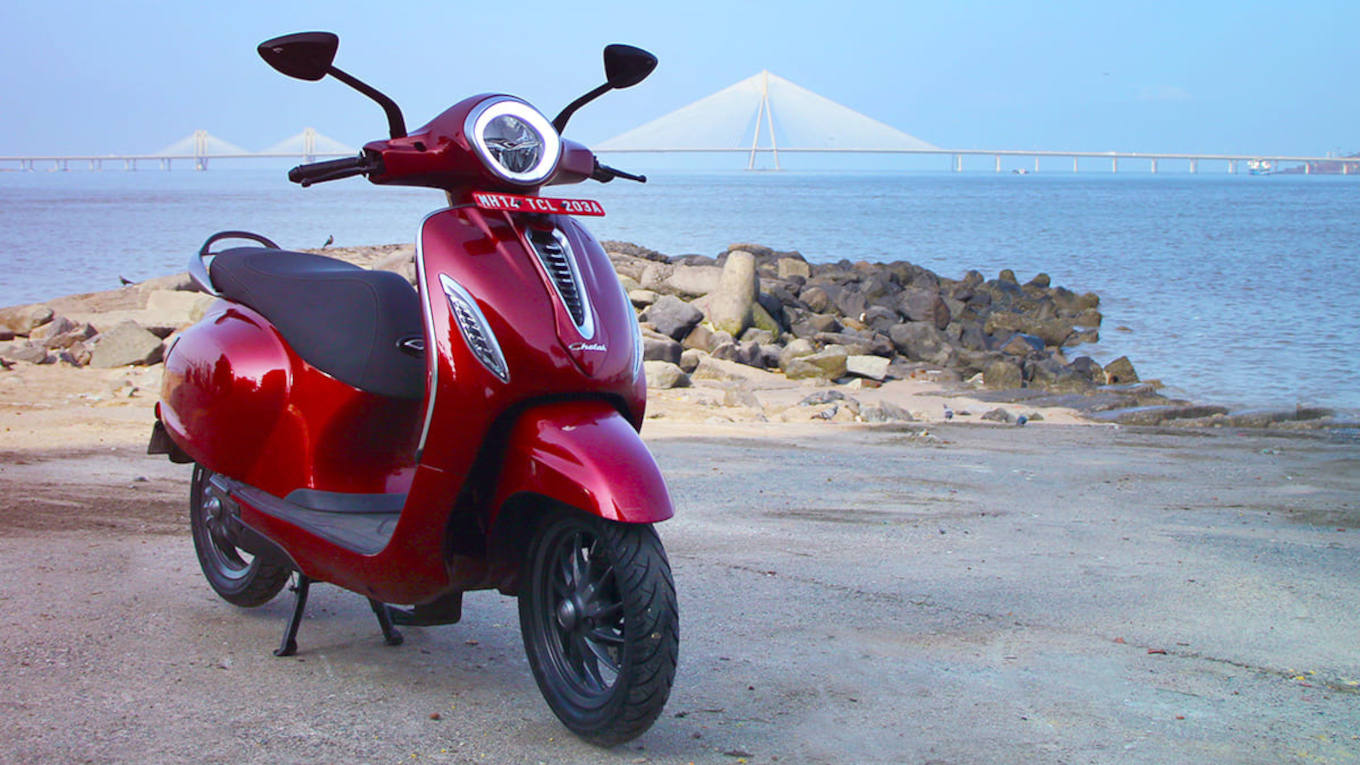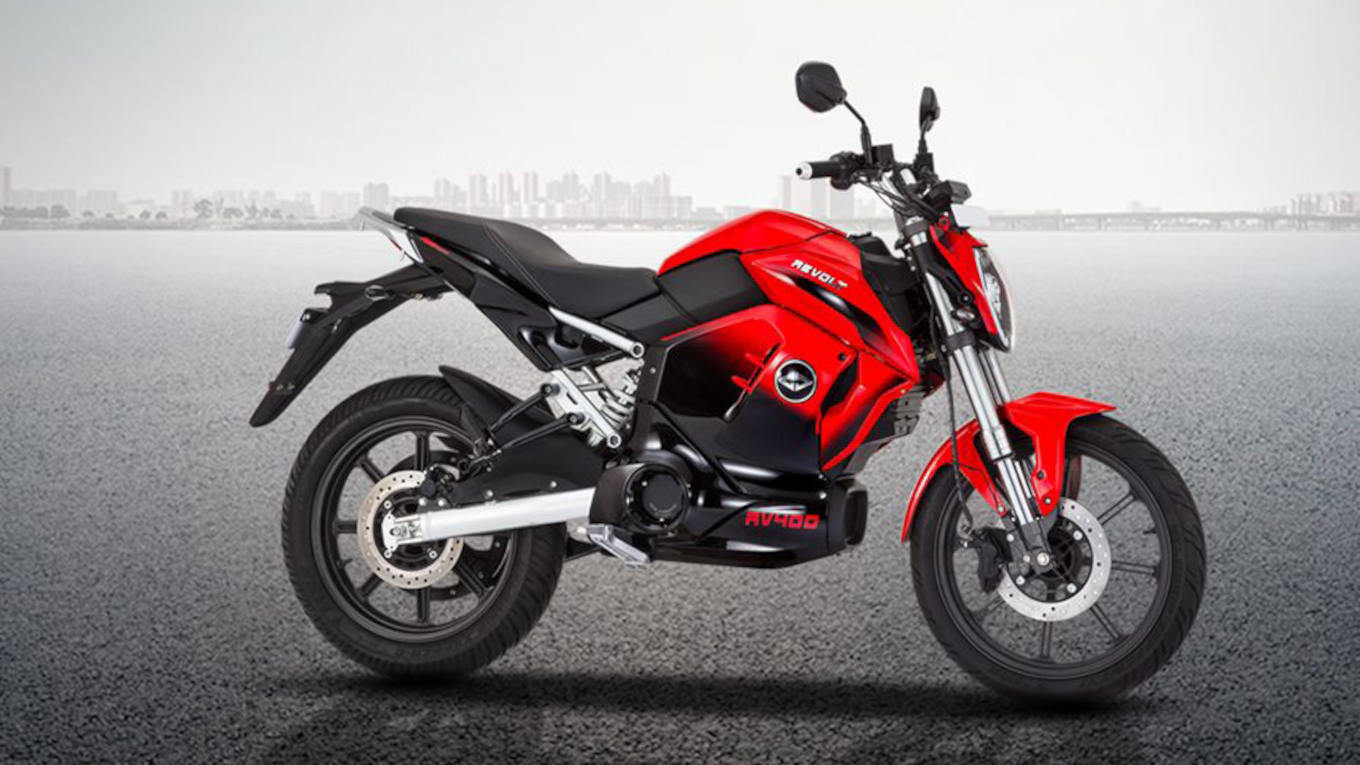-
The Hyundai Kona and Mahindra eVerito
In addition to this, EVs need very little maintenance, and that reduces the stress of ownership. Besides, you have to spend very little on consumables, because there are very few moving parts. Lower the ownership costs and you suddenly have a very interesting product on your hands. Driving an electric vehicle is almost like meditation – no wrestling with a gear shifter, and absolutely no worries about burning up the clutch because there isn’t one. So, does it make sense to invest in an electric car instead of a diesel or petrol-powered one? Gear up for a 10,000-ft view of the EV industry in India.
EV policy in India
There are a number of pro-EV policies currently being implemented across the country. The biggest is the Faster Adoption and Manufacture of Hybrid and Electric Vehicles, or FAME, which was rolled out by the Ministry of Heavy Industries in 2015. The first phase of the plan ended in 2019, and from 2020 onwards, the second phase, or FAME-II is being implemented. FAME is part of the National Electric Mobility Mission Plan 2020, which plans to bring more than 6-million electric vehicles to Indian roads.
Together, with FAME-I and FAME-II, the Government of India is looking to convert all vehicles in India (including those used by the trucking industry) to electric. A number of states have signed up to create their own EV policies, keeping in mind the broader targets set by FAME.
To accelerate EV sales, the Ministry of Road Transport and Highways has also announced that owners can buy batteries and electric vehicles separately, as part of a new policy that aims to reduce the up-front costs of owning an electric vehicle. This, in turn, will charge up battery swapping services like Sun Mobility and Ola.
-

Maini: solar energy is the future
Sun Mobility set to shine
Chetan Maini, co-founder of Sun Mobility, is best known for giving India her first electric car, the Reva, in 2001. The car, though sold in more than 26 different countries as the GWhiz, wasn’t exactly a success. So, Maini went back to the drawing board and decided to get into the battery swapping business. According to him, the math is simple. His secret weapon is solar energy. By 2030, India is expected to have 400 million vehicles on the road. Considering FAME targets, all will be electric, and this would need 260 gigawatts of power. According to studies, a well-designed four-acre solar farm can generate about one megawatt of power. So, one gigawatt would need 4,000 acres of land. Multiply that by 260, and you have 840,000 acres of land. That’s 3,400 sq km of land, in a country with 1.8 million sq km of arable land.
Rapid growth in 2020
While the rest of India Inc was struggling with Covid-19, the EV industry registered a 20 per cent growth in FY20 compared to FY19. Two-wheelers led the upward trend, with 1,52,000 being sold in FY20. Four-wheelers, on the other hand, weren’t as hot, with only 3,400 being driven home. According to the Society for Manufacture of Electric Vehicles, low-speed scooters (with a top speed of 25kph) constituted a 90 per cent share of all EV sales this year.
Gujarat is the latest entrant to the EV party. As part of the 11th anniversary of the inauguration of the climate change department, the Gujarat state authorities announced a number of benefits for adopting EVs. Students studying in grade nine and above will now get a Rs12,000 subsidy on the purchase of a new electric two-wheeler. Rickshaw drivers and the self-employed are now eligible for a Rs48,000 subsidy per EV. Gujarat plans to get at least 10,000 electric two-wheelers and 5,000 electric three-wheelers in circulation by 2021 and set up a minimum of 10 charging stations each in Ahmedabad, Surat, Vadodara and other cities.
-
Bajaj Chetak EV and Revolt RV400
In spite of so much happening in the Indian ecosystem, only four fully-electric four-wheelers are on sale right now. The smallest and cheapest of these is the Tata Tigor EV, which was introduced a couple of years ago. When introduced, it had a 16.2 kWh battery that ran out of juice in 142km. A refreshed model was launched in 2019, with a larger 21 kWh battery and a 213km range. It starts from Rs12 lakh. Tigor EVs were at one time only available for fleet use, with Zoomcar being the first one to use them. They can now be registered by private owners and are currently available in 30 cities across India. Tigors can also be charged at Tata Power installations with charging outlets.
Mahindra’s eVerito, loosely based on the Logan compact sedan, is offered in two variants – D2 and D6. Both share the same 18.55 kWh battery pack that takes up to 12 hours to charge on a normal AC charger, and 90 minutes on a DC fast charger. The eVerito can do 140km on a full charge, and starts from Rs12.5 lakh. Some report a running cost of Rs1.15 per kilometre for the eVerito. Mahindra’s EV sedan can be bought only in Delhi, Mumbai, Kolkata, Chennai and Bengaluru.
Tata’s Nexon EV is a smart, stylish compact SUV that has kept the money rolling in, despite Covid-19. The all-electric SUV boasts of a powerful 30.2kWh battery that can last up to 300km when driven cautiously. The interiors are the same as the petrol-powered one, which is an added plus. Prices start from Rs14 lakh. RsTata is also offering a series of subscription plans for the Nexon EV, in Bengaluru, Delhi/NCR, Pune, Mumbai and Hyderabad. This is currently the most promising electric vehicle on sale by an Indian automaker because it offers space, practicality, and the updated features seen in any modern crossover under the Rs20 lakh bracket. When launched in January 2020, the company had announced that the Nexon EV would go on sale in 60 dealer outlets in 22 cities. Tata Motors officials also revealed a plan to build 650 DC fast charging outlets across the country by March 2021.
-
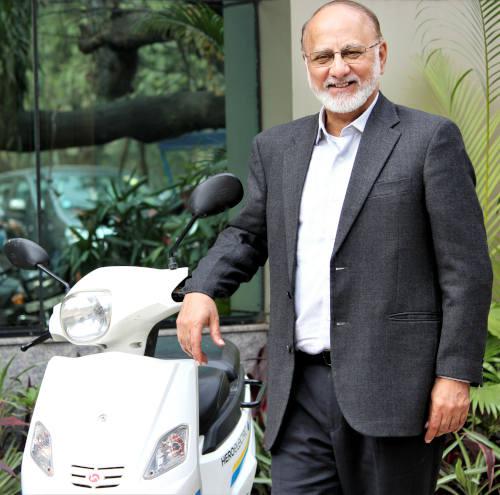
Morris Garages’ ZS is an all-electric crossover that has taken a unique approach. The carmaker has installed DC fast charging outlets at all five of its dealerships in India. They are in Delhi NCR, Mumbai, Bengaluru, Hyderabad and Ahmedabad. Prospective customers can use these fast chargers for free for a certain period of time. MG will also install wall chargers at your home or office, too. This is in addition to a standard 15-amp charging cable that plugs into any wall socket at home. The MG ZS EV packs a 44.5 kWh battery that is good for 340km, with prices starting from Rs21 lakh.
The Hyundai Kona Electric was launched in 2019 as the Korean company’s first all-electric product. The Kona Electric offers a 39.2 kWh battery pack with an impressive 452km range. Prices for the Kona Electric start from Rs23.97 lakh. Along with the Tata Nexon EV, Energy Efficiency Services Limited ordered 100 Hyundai Kona Electric vehicles for official use in September this year, making it the first contract of its kind in India.
The Mahindra eKUV100 is yet to be launched, and is considered to be one of the strongest performers in its segment. First seen at the 2020 Auto Expo, the eKUV100 promises a 150km range and a sub Rs10 lakh price, making it one of the cheapest EVs on sale.
-
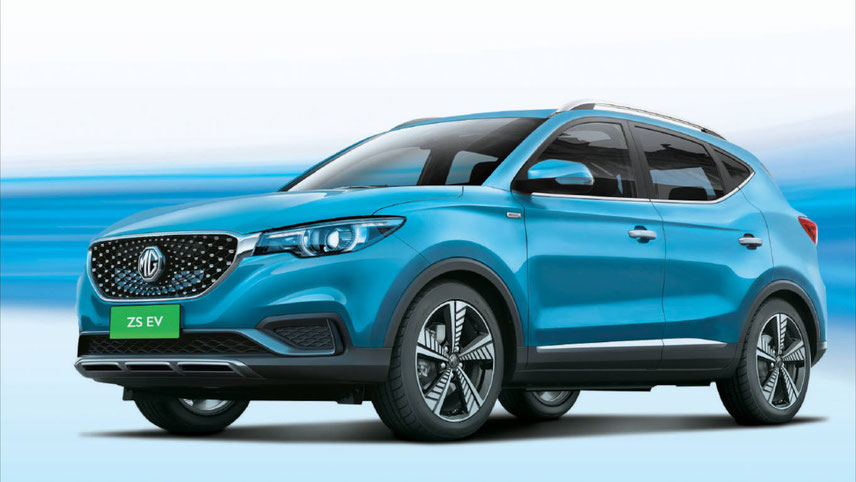
The MG ZS electric vehicle
Tesla Motors recently revealed it will be coming to India in 2021. The Karnataka government is in talks with the American carmaker to build a manufacturing unit for batteries and electric vehicles in the state.
Maruti Suzuki says No!
While most high-volume car makers are going full electric, Maruti Suzuki doesn’t feel it’s the right time yet. R.C. Bhargava, Maruti Suzuki India chief said: “The government’s own priority from the time the first announcement on EV was made some 18 months to two years ago, has changed substantially. Today, as far as I have understood, they are giving higher priority to electrifying two-wheelers; cars for personal use don’t have any priority for them. The FAME scheme doesn’t contain a subsidy for personal cars.” Rs There were plans to launch an electric WagonR, but these have been shelved due to pricing and infrastructure-related concerns. Speaking on batteries, he said: “If you want to do an EV program in India, somebody has to manufacture batteries in India.”
Electric bikes
In 2020, electric two-wheelers outsold electric cars by a ratio of 40 to 1. Low-speed scooters and step-throughs best suited for urban use made the highest numbers. That’s because e-scooters are best for short-hops and last-mile delivery services that don’t require high speeds. Additionally, many states do not require electric two-wheeler owners to get their vehicles registered, and also offer discounts and exemptions. It’s now is a great time to ride an electric bike. RsIndia’s leading manufacturers are falling head over heels trying to lure customers towards their electric two-wheelers. This includes brands like Bajaj, Hero and TVS. Bajaj has actually named its electric scooter ‘Chetak’, in order to trigger brand recall. RsBut the real change is being brought about by newer entrants like Ather Energy, Revolt Motors, One Electric, Ampere and others.
-
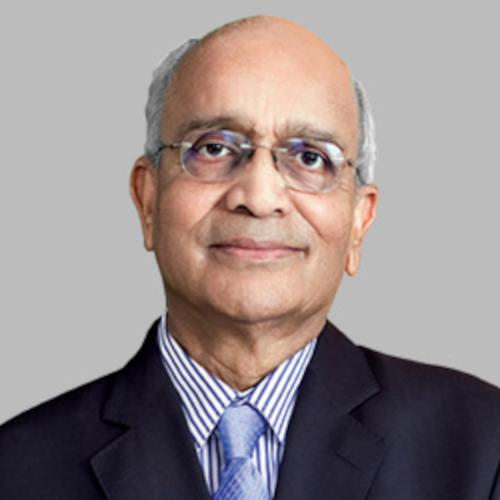
Bhargava: two-wheelers get priority
Ather Energy, a Bengaluru-based electric two-wheeler maker, offers the 450 series of electric scooters. The 450 and 450X start from Rs1.13 lakh, and have a maximum range of 78km, with a top speed of 80kph. They are also looking at creating their own grid, called the Ather Grid. RsThe company will soon roll out an all-new electric scooter.
Revolt Motors, an electric bike start-up, offers the RV 300 and 400 motorcycles with a maximum range of 150km and a top speed of 80kph. The company is the brainchild of Micromax founder Rahul Sharma, who had reportedly invested Rs500 crore of his own money in the e-mobility venture. The RV 300 and RV 400 are currently offered on a subscription basis, with the cheaper RV 300 costing Rs2,999 per month. The RV 400 costs Rs1,000 more. The RV 300 has a 36-month term, while RV 400 instalments have to be paid for 38 months. The batteries on Revolt motorcycles are removable so you can charge them at home or in the office.
Haryana-based Okinawa Motors was founded in 2015 and offers a range of electric scooters starting from Rs43,000 to Rs1,15,000. There are currently six models on sale – Ridge, Praise, R30, Lite, Ridge Plus, i-Praise. The company has tied up with OTO Capital to provide lease plans for prospective EV buyers. Jeetender Sharma, Founder & MD, Okinawa said: “We are happy to announce our association with OTO Capital and are looking forward to a fruitful collaboration. This collaboration will really help customers opt for a sustainable future in the coming festive season.”
-
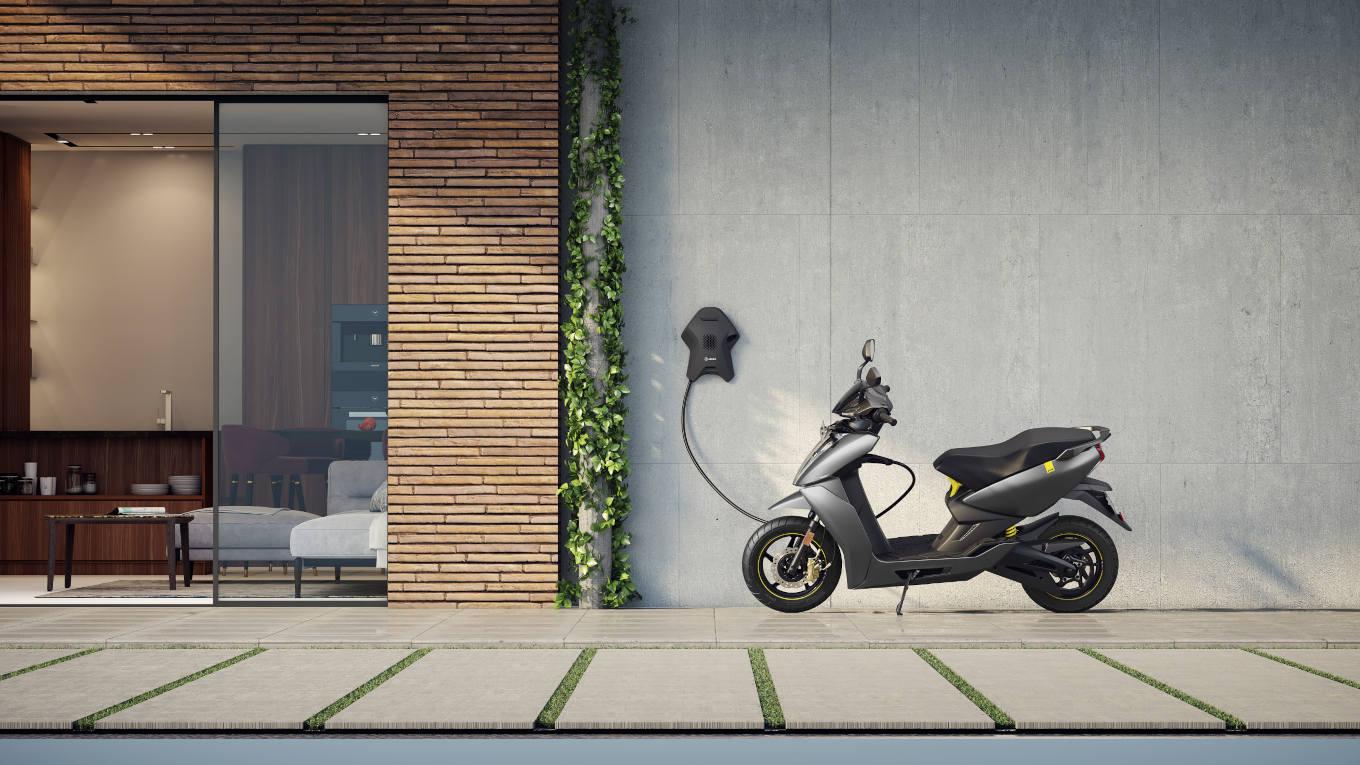
Ampere Electric is an EV manufacturer that, till date, has stores in more than 200 cities. Ampere makes electric scooters with prices ranging from Rs43,000 to Rs75,000. The cheapest is the V48W with a range of 50km and top speed of 25kph. Ampere recently tied up with used vehicle reseller CredR to offer electric scooters in exchange for old petrol-powered ones. Initially, this scheme will only be available for CredR customers in Delhi-NCR, Bengaluru, Pune and Hyderabad. P Sanjeev, COO, Ampere Electric, said: “We have seen good demand for Ampere e-scooters as a reliable and affordable personal mobility solution. We believe increased consciousness towards safer and affordable means for transportation will make more petrol buyers consider EV.” Hero Electric and Ather Energy also have similar exchange programmes for prospective customers.
India’s fastest electric bike
One Electric made big news recently with the launch of KRIDN, India’s fastest electric motorcycle. The motorcycle, which starts at Rs1.29 lakh, goes on sale this month. The KRIDN series has a top speed of 95kph, which makes it the fastest bike on sale right now. The name KRIDN means ‘to play’ in Sanskrit. According to the CEO, Gaurav Uppal, he got interested in electric vehicles in 2017, and felt that India needed a high-performance two-wheeler that was robust and had a high degree of indigenisation. Uppal said: “The greatest challenge facing electric vehicle makers in India was sourcing quality cells at competitive prices. Reducing GST from 18 to five per cent on lithium battery packs would also help here. We believe that if we can consolidate our demand and negotiate with the leading Japanese and Korean manufacturers, we can solve a number of problems.” He also said: “We tried hard to localise the remaining imported components, motor and controller, but no company in India is ready with a finished package. Price was not even a consideration; we only wanted high performance. Therefore, we are now developing our own motor and controller in collaboration with leading entities of this sector.”
-
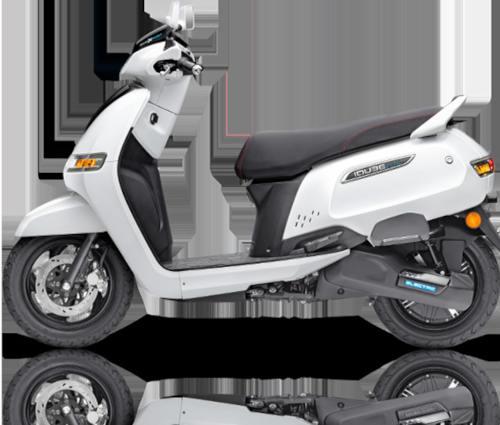
Bajaj Chetak lives on!
The iconic Chetak name has been revived in the guise of an EV. The Bajaj Chetak EV is a scooter launched in January 2020 at a starting price of Rs1 lakh. The electric scooter is reportedly assembled by an all-female workforce and can deliver a 95km ride on a full charge. The battery is said to last 70,000km, but that’s slightly debatable considering the extreme weather conditions in India. The first batch of deliveries went to Pune and Bengaluru, with the rest of the country being added to the list soon.
The TVS iQube
TVS Motor revealed the iQube within a few weeks of the launch of the Bajaj Chetak EV. Currently for sale only in Bengaluru, the TVS iQube is priced at Rs1.15 lakh and has a maximum range of 75km on a full charge, which puts it behind most other players in the segment. The iQube has a fully-digital instrument cluster, Bluetooth connectivity and even gets its own app. An interesting feature in the iQube is Q-Park Assist, which allows the rider to reverse into a parking lot, much like the reverse gear in a car.
-
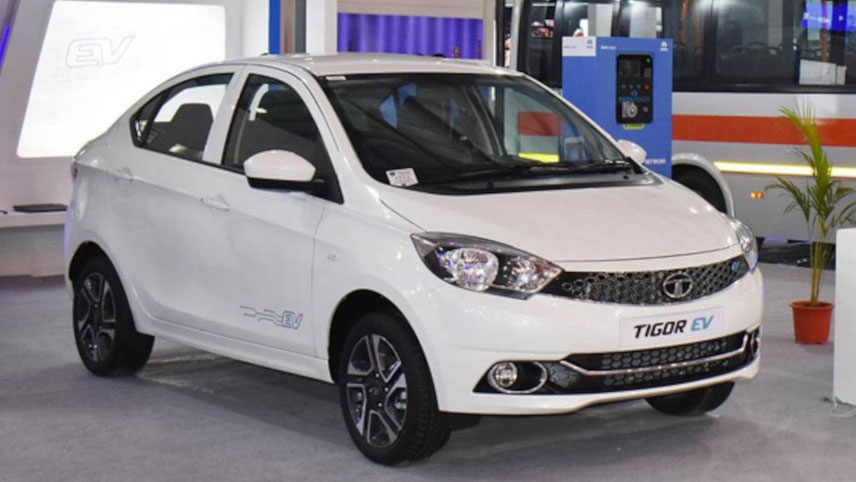
Hero Electric – Customer service is key
Due to the restrictions arising out of the pandemic, Hero Electric is offering an improved customer service experience that makes use of video calls to improve customer outreach. The company has also started promotional activities like a three-day free trial, home delivery of vehicles, portable batteries and a specialised network of mechanics called Preferred Garage Owners. All Hero Electric two-wheelers can be charged via three-pin outlets, and customers can reach out to over 630+ after-sales outlets across the country, if needed. Sohinder Gill, CEO of Hero Electric, said: “The EV is the future. It will not only help with bringing pollution levels down but also help reduce our dependency on importing fuel, thereby bettering our fiscal deficit. As more and more companies enter the EV segment there will be more innovation, investment, increase in localisation and that will further boost the potential of EVs in the country.”
Electric trucks? Yes.
Chandigarh-based Evage Ventures was founded in 2014 by four friends. The team, led by auto industry veteran Inderveer Singh, has designed not just one but seven different types of electric vehicles for commercial applications. The vehicles take inspiration from aerospace design and feature an exoskeleton design that was pioneered by Tesla. The 30-strong team has filed for 21 patents for thermal management systems, switching systems and other critical components. Evage Ventures products undergo 120,000km of testing at the company test track in Mohali and can be charged to 100 per cent in four hours flat, depending on the type of charger.
-
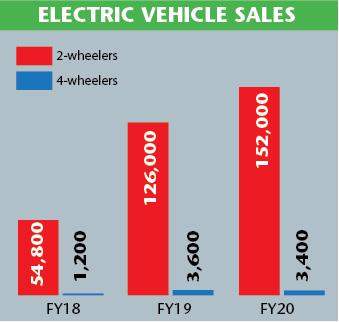
They are also creating a training programme for end users since electric trucking comes with its own challenges. Speaking on the current state of EVs in India, the founder and CEO Inderveer Singh said: “We believe the government is working towards creating an EV ecosystem in India and we welcome it. We hope that the government, in due time, will consider allowing EVs to work for 24 hours and create the mandatory charging infrastructure in all housing societies and office complexes, just like parking. Mandates like this will help further India’s EV vision and adoption.”
So, what’s the problem?
So far, we’ve talked about the national policy, state-wide plans, and looked at electric vehicles that you can actually buy. Why are we still hesitant to put down cash at the counter and drive home an EV? According to a study, India Inc has adopted a wait and watch approach. That’s because Indian families are willing to invest up to Rs23 lakh for an electric vehicle with a 35-minute charging time and a 400km range. Given that India has historically always been a price-conscious market, these factors need to be dialled into every single EV launched in India. It’s also been reported that 83 per cent of all prospective EV buyers are unaware of the maintenance costs, while 72 per cent said they’d go electric if it took the same time to charge a battery as it took to fill up a fuel tank.
-
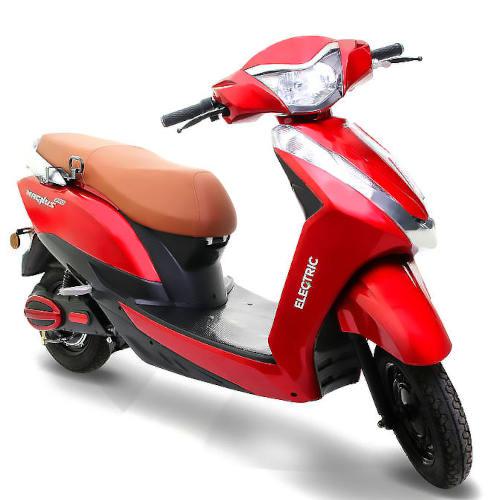
Castrol seems optimistic
“With EV technology constantly improving, the challenge now will be to drive a low-carbon recovery and accelerate the EVolution as quickly as possible. Castrol has been working with the automotive industry to develop unique e-Fluid technology to support EVs, from battery coolant e-fluid to e-greases and transmission fluids. Bringing down the cost and charge time for electric vehicles while increasing range, infrastructure and vehicle choice will be critical to persuading consumers to make the switch to EVs,” said Mandhir Singh, CEO of Castrol India.
The lack of charging stations was at one time an unresolved issue. But companies like Tata and Plug India are working hard towards a solution. Tata, for example, has already installed 85 charging stations across 13 metros. The Energy Efficiency Services Limited (EESL), along with PSUs like Indian Oil and BHEL, with the Ministry of Energy, has planned 2,000 charging stations across the country by 2021. Google has also stepped in, and you can now find a charging station near you via Google Maps. That sounds encouraging, but China is planning 4.8 million such outlets. That’s what we’re up against.
But, that’s not enough. Range anxiety is real. And with the current network of 200-odd charging stations, we’re not going anywhere. Imagine planning a lunar mission without actually figuring out how you’re going to get there. That’s what India’s EV policy is like nowadays. For all roads to lead to Rome, you need roads.
